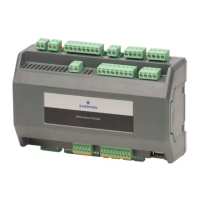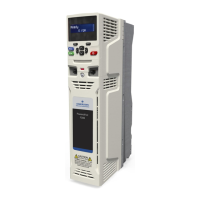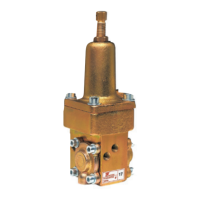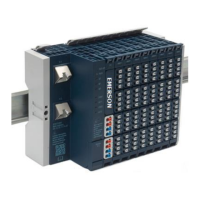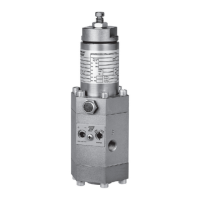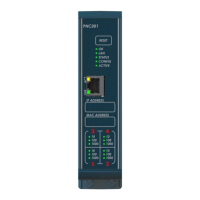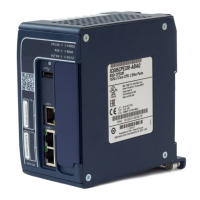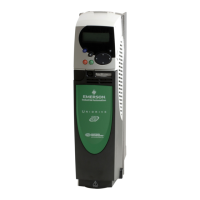PACSystems™ RX3i and RSTi-EP CPU Reference Manual Section 6
GFK-2222AK October 2019
Serial I/O, SNP & RTU Protocols 159
6.2.15.2 Return Data Format for the Read String Function
The return data consists of the number of characters actually read, the number of
characters still available in the input buffer after the read is complete (if any), and the
actual input characters:
6.2.15.3 Operating Notes for Read String
If the input data memory type parameter is specified to be a word memory type, and if an
odd number of bytes is actually received, then the high byte of the last word to be written
with the received data is left unchanged.
As data is received from the serial port it is placed in the internal input buffer. If the buffer
becomes full, then any additional data received from the serial port is discarded and the
Overflow Error bit in the Port Status word (See Read Port Status Function) is set.
6.3 RTU Slave Protocol
RTU protocol is a query-response protocol used for communication between the RTU
device and a host computer, which is capable of communicating using RTU protocol. The
host computer is the master device and it transmits a query to a RTU slave, which
responds to the master. The RTU slave device cannot query; it can only respond to the
master. A PACSystems CPU can only function as an RTU slave.
The RTU data transferred consists of 8-bit binary characters with an optional parity bit. No
control characters are added to the data block; however, an error check (Cyclic
Redundancy Check) is included as the final field of each query and response to ensure
accurate transmission of data.
Note: You should avoid using station address 1 for any other Modbus slave in a
PACSystems control system because the default station address for the PACSystems CPU
is 1. The CPU uses the default address in two situations:
1. If you power up without a configuration, the default station address of 1 is used.
2. When the Port Mode parameter is set to Message Mode, and Modbus becomes the
protocol in STOP Mode, the station address defaults to 1, unless you specify a STOP
Mode for the serial port in the CPU configuration, and then change the station
address to be used for STOP Mode.
In either of these situations, if you have a slave configured with a station address of 1,
confusion may result when the PACSystems CPU responds to requests intended for that
slave.
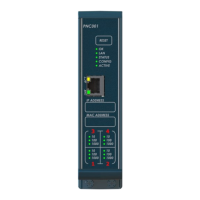
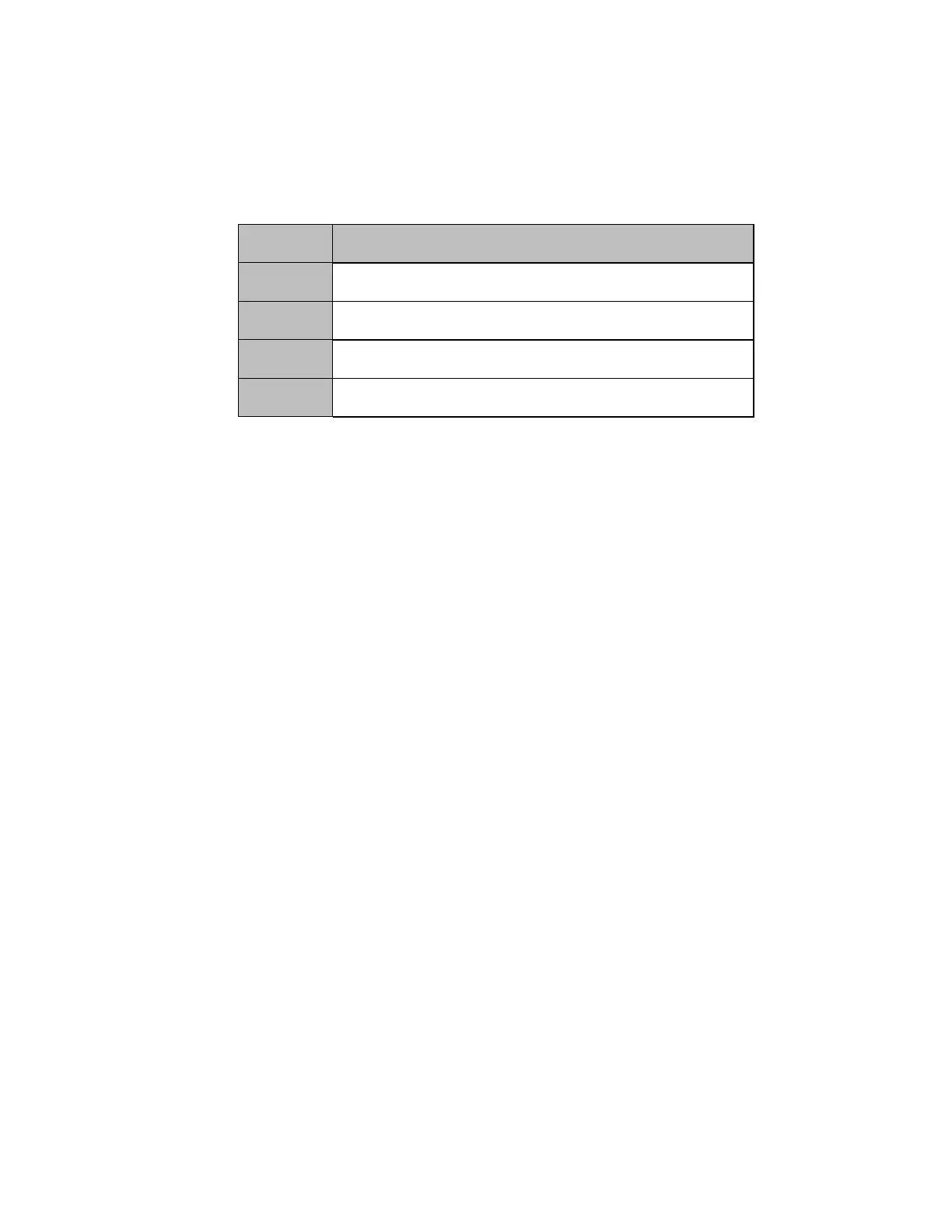